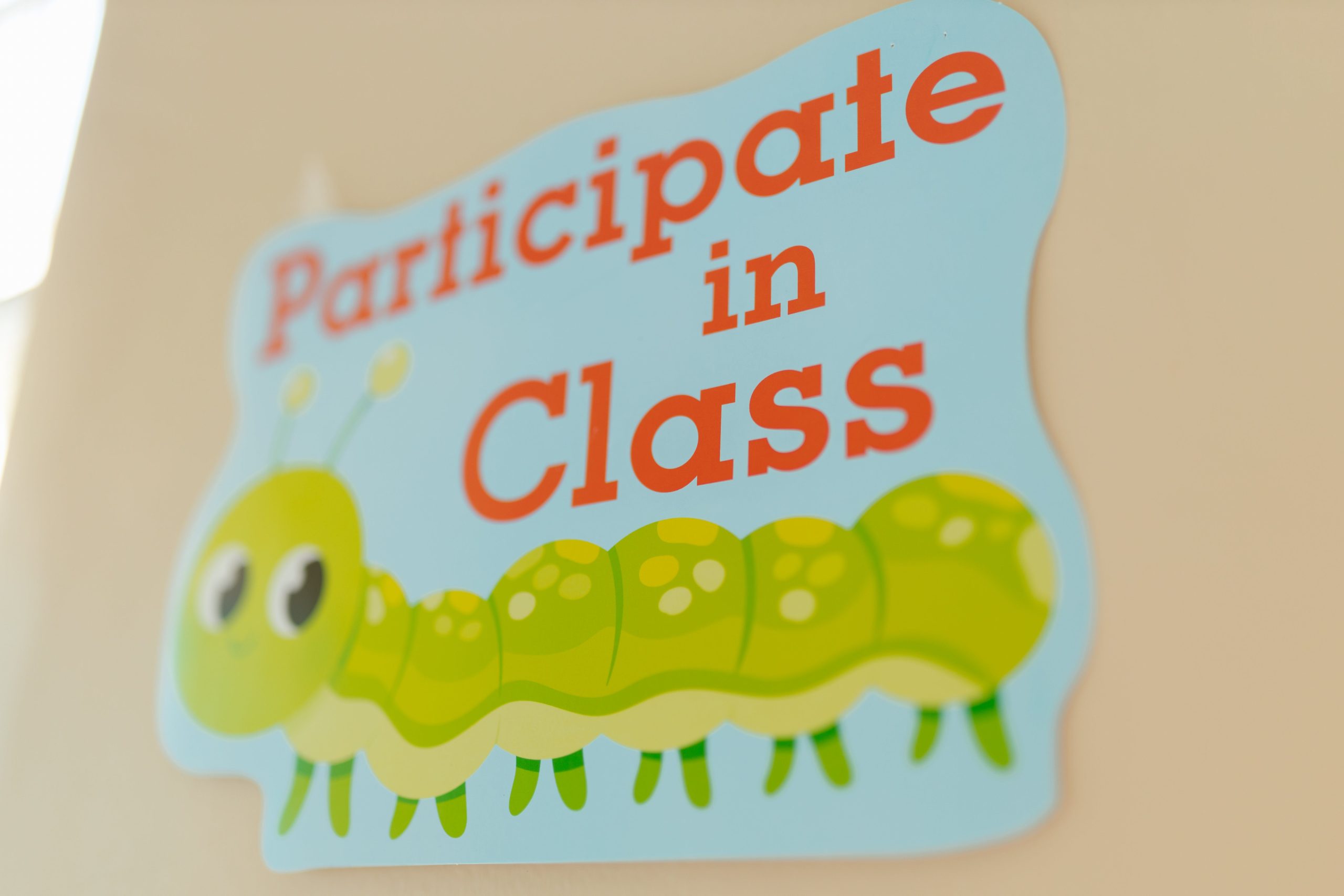
How To Design Bulletin Boards For The Classroom: “Interactive Bulletin Boards”
As teachers, creating an engaging and stimulating learning environment is crucial. Interactive bulletin boards offer an effective way to achieve this in the classroom. In this article, we’ll explore the key elements of interactive bulletin boards and provide practical tips on effective design.
The Benefits of Interactive Bulletin Boards
Interactive bulletin boards provide numerous benefits:
- Visually engaging presentation of information
- Promotion of active learning
- Encouragement of student participation
- Fostering a sense of community
Elements of Effective Interactive Bulletin Boards
Creating effective interactive bulletin boards requires attention to several key elements:
- Clarity: Ensure information is clear and easy to understand.
- Relevance: Make content relevant to students’ interests or curriculum.
- Interactive Elements: Include engaging activities for student participation.
- Visual Appeal: Use eye-catching colors, images, and fonts.
- Changeability: Regularly update boards to keep content fresh.
- Learning Outcomes: Design boards with specific learning objectives.
- Creativity: Incorporate unique and creative elements.
- Ownership: Allow students to contribute and feel ownership.
- Reflection: Encourage critical thinking and reflection.
- Collaboration: Foster teamwork and collaboration among students.
Practical Tips for Designing Interactive Bulletin Boards
Consider these practical tips when designing your interactive bulletin boards:
- Choose a theme: Select a theme relevant to your curriculum or students’ interests.
- Create a focal point: Designate a central element to capture attention.
- Use color and contrast: Make content visually appealing with bold colors and contrast.
- Incorporate interactive elements: Include games, quizzes, or discussion prompts.
- Rotate boards: Keep content fresh by regularly updating.
Examples of Interactive Bulletin Boards
Here are some examples of interactive bulletin boards:
- Math Puzzle Board
- Vocabulary Board
- Science Experiment Board
- History Timeline Board
- Reading Challenge Board
These examples demonstrate the versatility of interactive bulletin boards across various subjects and age groups.


